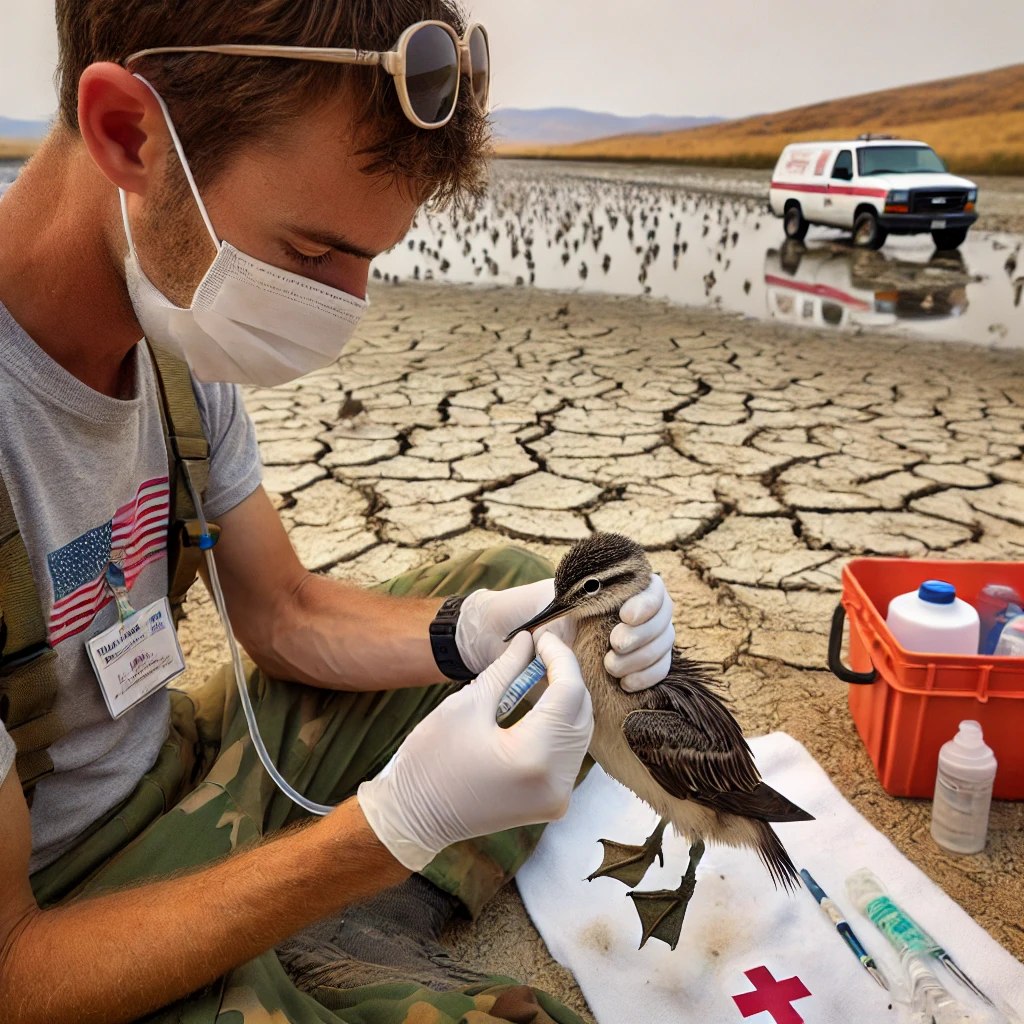Klamath Basin, Ore. — A deadly botulism outbreak at Tule Lake National Wildlife Refuge in the Klamath Basin has claimed the lives of an estimated 75,000 to 80,000 birds, and the situation is set to worsen. Experts say that this is the worst outbreak in the refuge’s history, surpassing previous outbreaks like that of 2020. Unfortunately, unless the area receives cooler weather and rain, the outbreak could continue well into October, with thousands more birds expected to die.
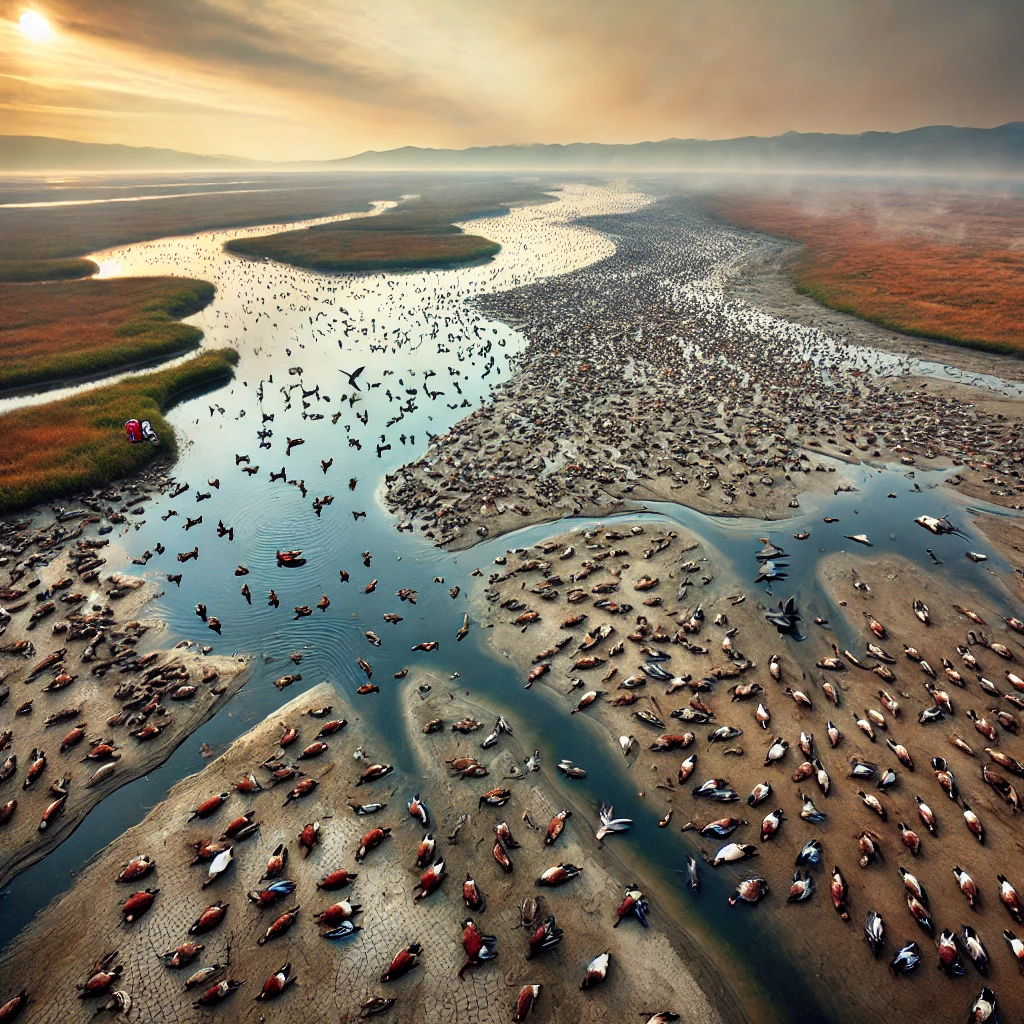
The outbreak highlights the deadly combination of global warming and shrinking wetlands, which together have created an ideal breeding ground for the botulism bacterium Clostridium botulinum. This bacterium thrives in warm, stagnant water—conditions that have become more frequent and severe due to climate change. As a result, the birds at Tule Lake are suffering in record numbers, with the refuge unable to offer the protection it once did.
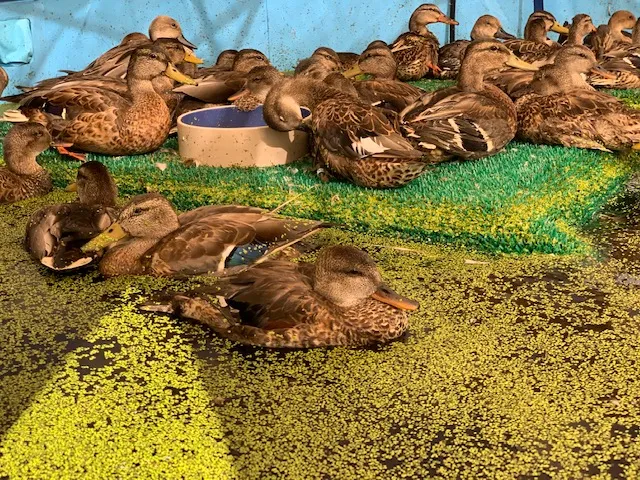
“The Klamath Basin is a critical habitat for nesting and migrating birds along the Pacific Flyway. The devastation we’re seeing due to botulism will have long-lasting impacts on bird populations across the entire West Coast,” said Teresa Wicks, Eastern Oregon Biologist. “The refuge can’t keep taking these hits year after year. Without wetlands, there are no birds, and without action on climate change, there won’t be healthy wetlands.”
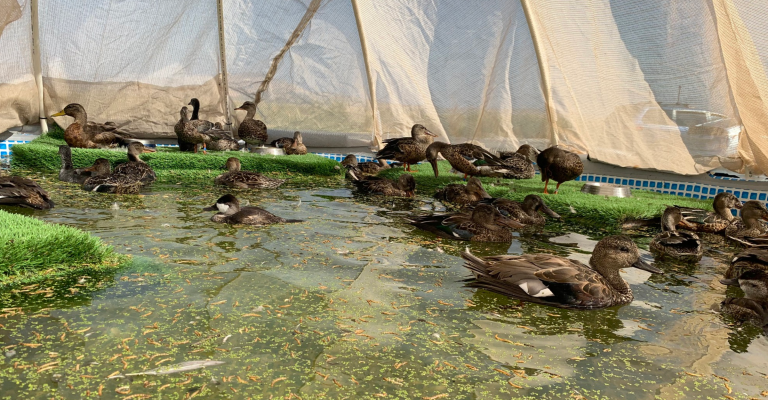
Global Warming Creates Deadly Conditions for Wildlife
Botulism outbreaks have historically infected only small numbers of birds, but global warming is transforming these events into mass fatalities. Due to rising temperatures and prolonged droughts, wetlands across the Intermountain West are drying up, leaving birds packed into smaller, shallow water bodies—ideal for botulism outbreaks. In the Klamath Basin, over 90% of wetlands have been lost, leaving birds with fewer safe habitats.
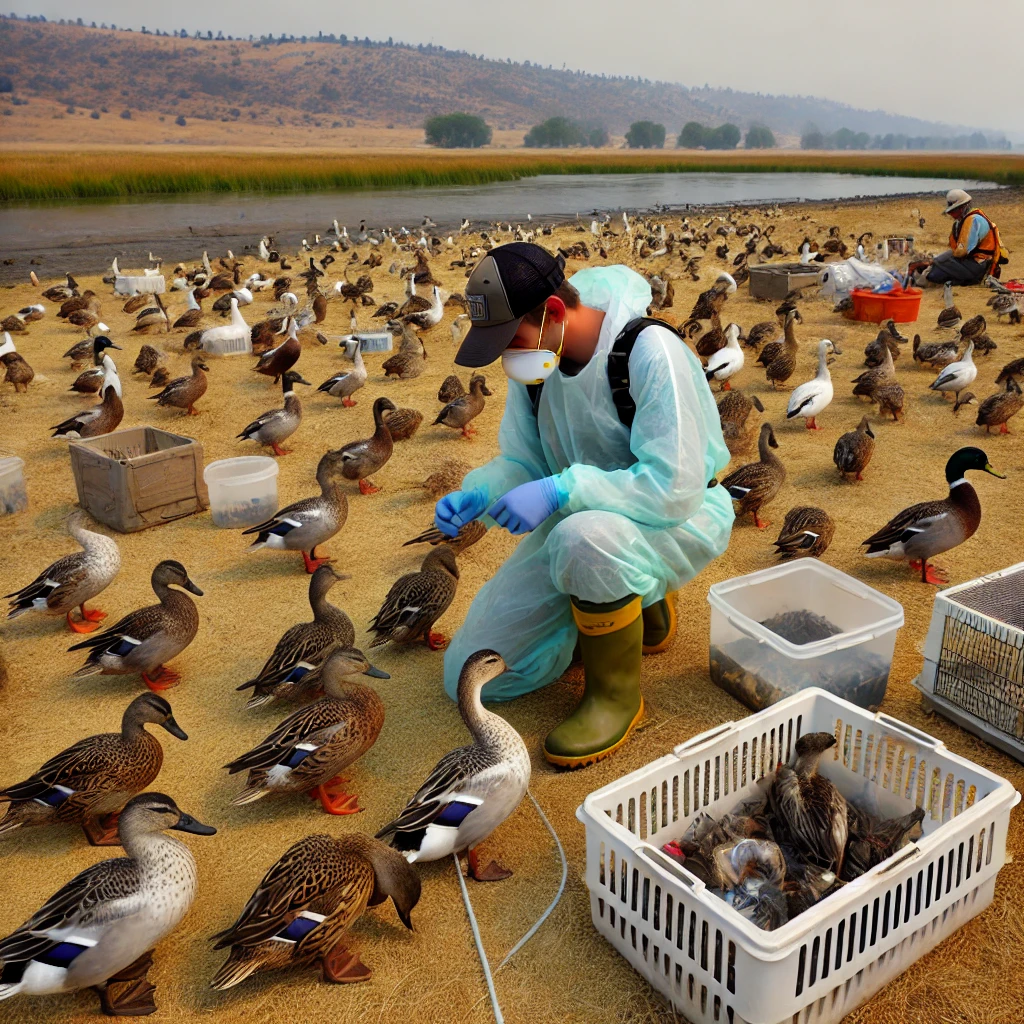
The result is overcrowding, and when combined with increasingly long, warm periods, it creates a perfect storm for large-scale, unnatural outbreaks like this one.
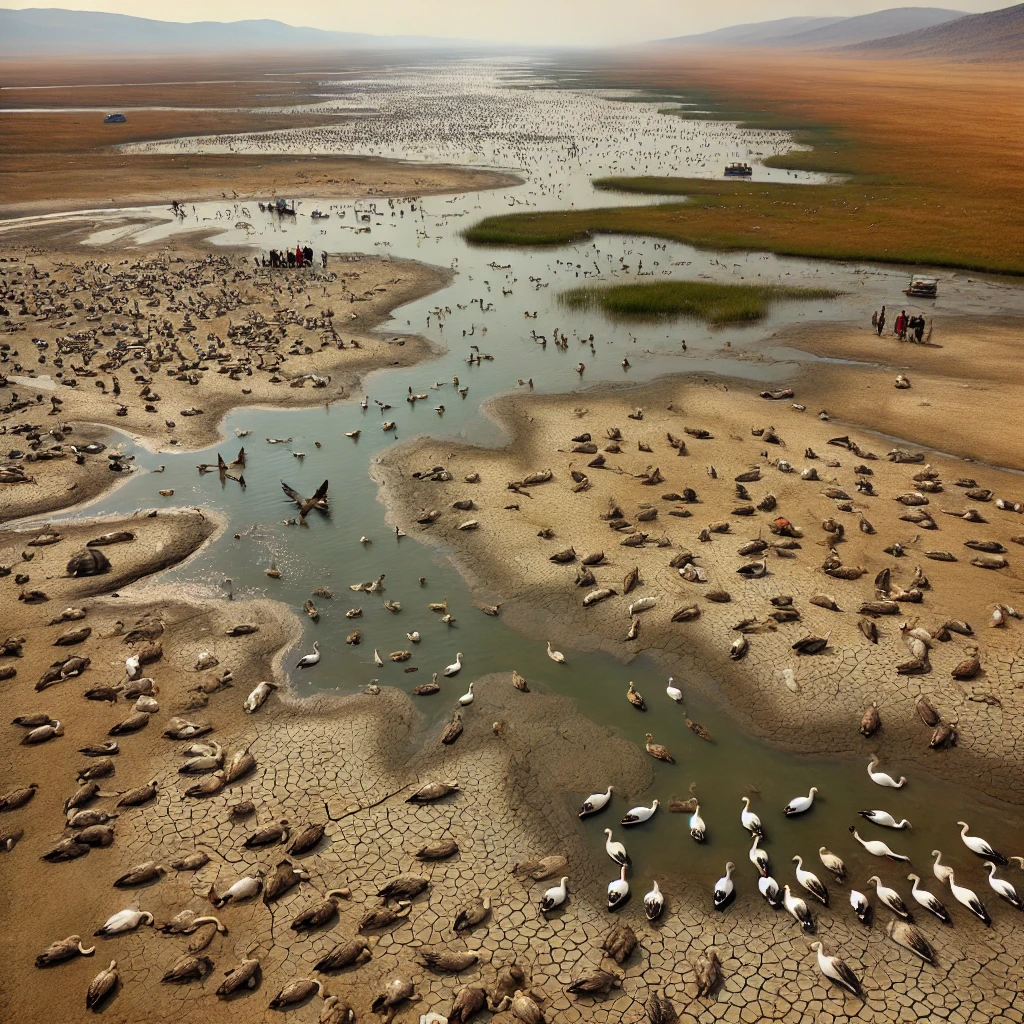
Climate scientists point out that the warm, stagnant waters at Tule Lake are part of a broader pattern linked to global warming. Hotter summers and fewer rainfalls not only increase the frequency of outbreaks but also extend their duration. This current outbreak could have been mitigated if not for the unusually long stretch of dry, hot weather this year.
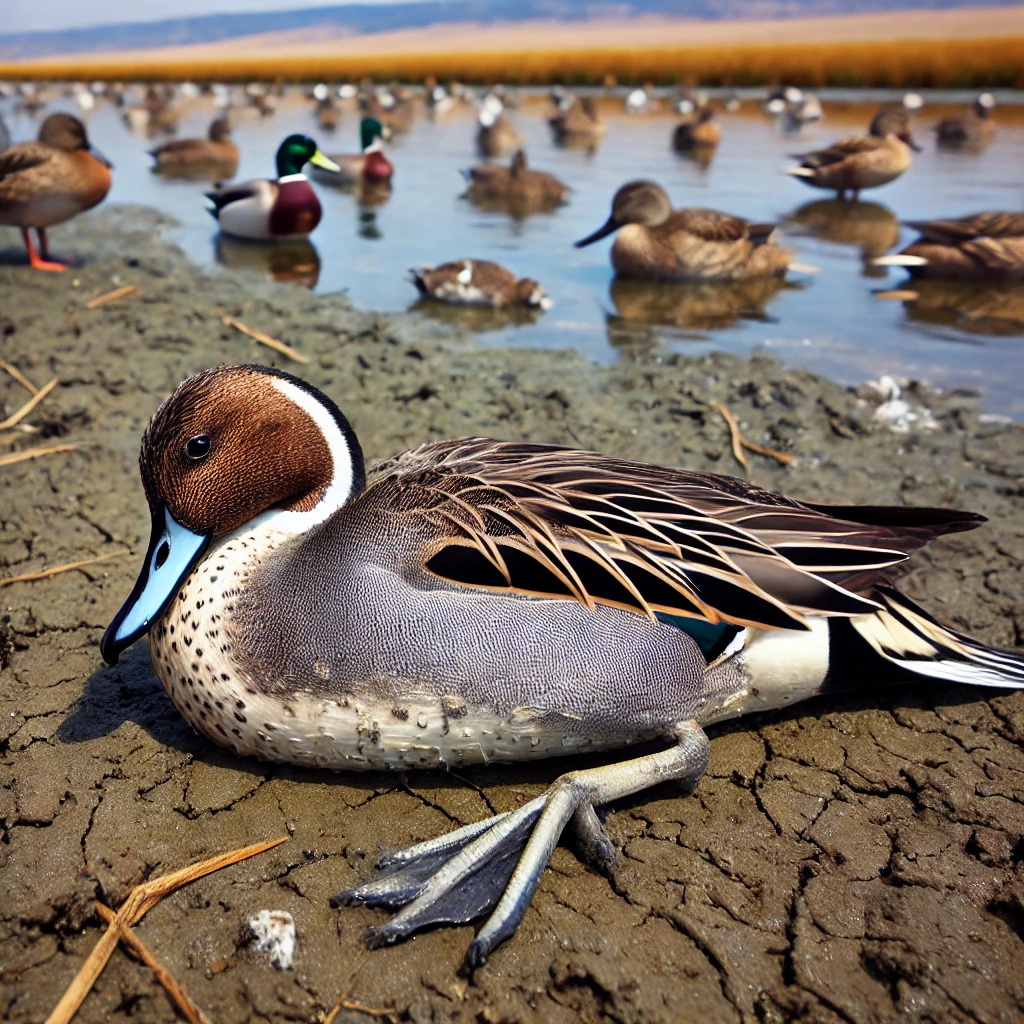
Calls for Immediate and Long-Term Climate Action
Conservation groups, including Bird Alliance of Oregon and 15 others, warned authorities about the impending disaster, urging the Bureau of Reclamation to release more water to the refuge. Despite receiving 5,000–10,000 acre-feet of water in August, the situation remains dire.
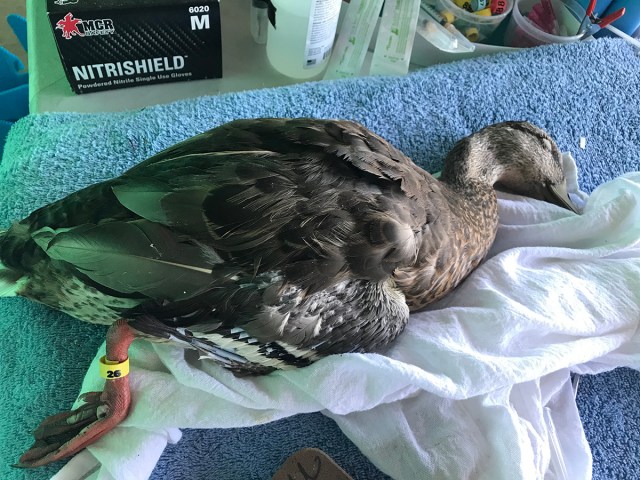
On September 15, Teresa Wicks reported seeing around 500 dead birds in the water, ranging from waterfowl like Northern Shovelers and American Coots to songbirds and predators. She added, “We will likely never know the true death toll since not all affected birds or mammals die in the water.”
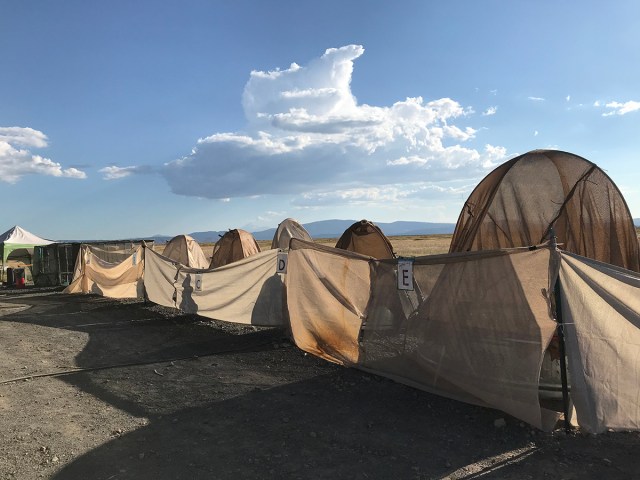
Bird Ally X’s emergency botulism response team has been working tirelessly to save as many lives as possible. So far, the team has treated 835 waterbirds and successfully released 288 back into the wild. However, the ongoing crisis emphasizes the need for a broader approach to climate resilience.
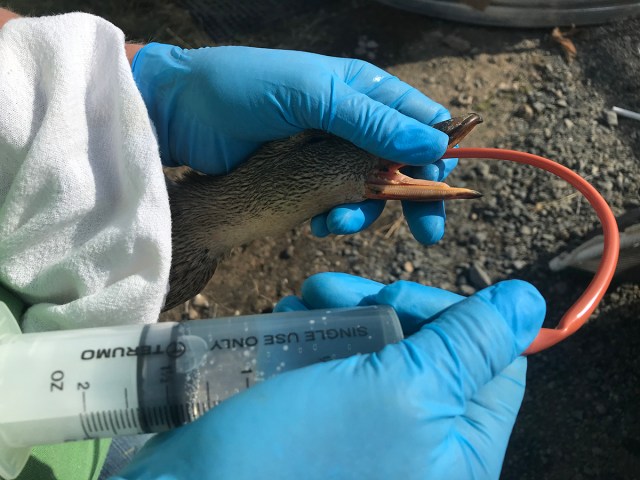
“The fact that we have to continuously respond to these human-induced catastrophes is a grim reminder that something has to change,” said January Bill, co-founder of Bird Ally X and Botulism Co-Director. “Without climate action to protect wetlands, there won’t be waterbirds to save.”

The Bigger Picture: Climate Change and Wetland Restoration
Experts agree that long-term solutions to prevent such outbreaks lie in addressing both the direct and indirect impacts of global warming. The removal of the Klamath Dams below Keno offers a rare opportunity to restore natural water flow in the region, but that alone won’t solve the crisis. Climate change must be addressed as part of any meaningful restoration.
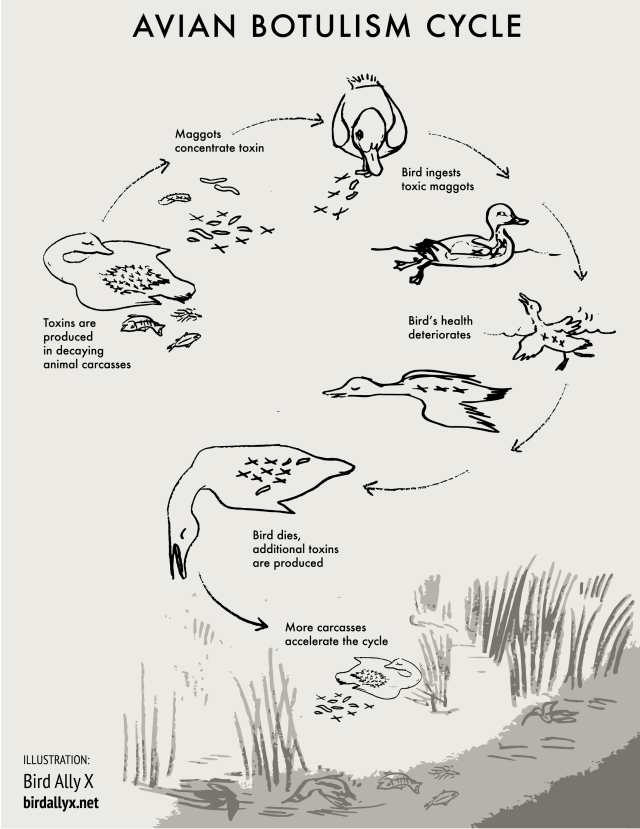
The Klamath National Wildlife Refuge Complex is one of the most important stopover sites for waterfowl along the Pacific Flyway, but it cannot sustain bird populations if wetlands continue to dry up. As Ducks Unlimited has reported, waterfowl populations on the Pacific Flyway have already dropped by 25% as of 2023.
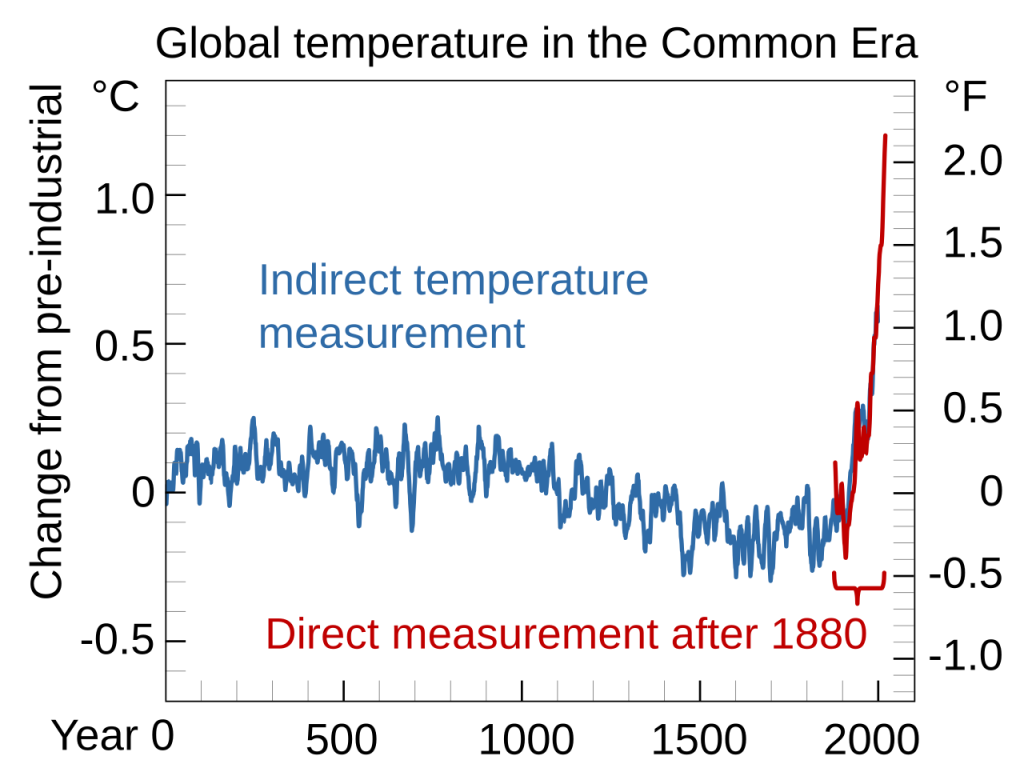
Botulism: A Symptom of the Climate Crisis
Botulism outbreaks are a natural phenomenon, but their increasing frequency and severity point to a larger, human-made issue: global warming. The bacterium thrives in conditions that are becoming more common as the planet heats up—shallow, stagnant, and warm water. Once birds are infected, many drown as the toxin causes paralysis, while others die from eating infected carcasses or insects.
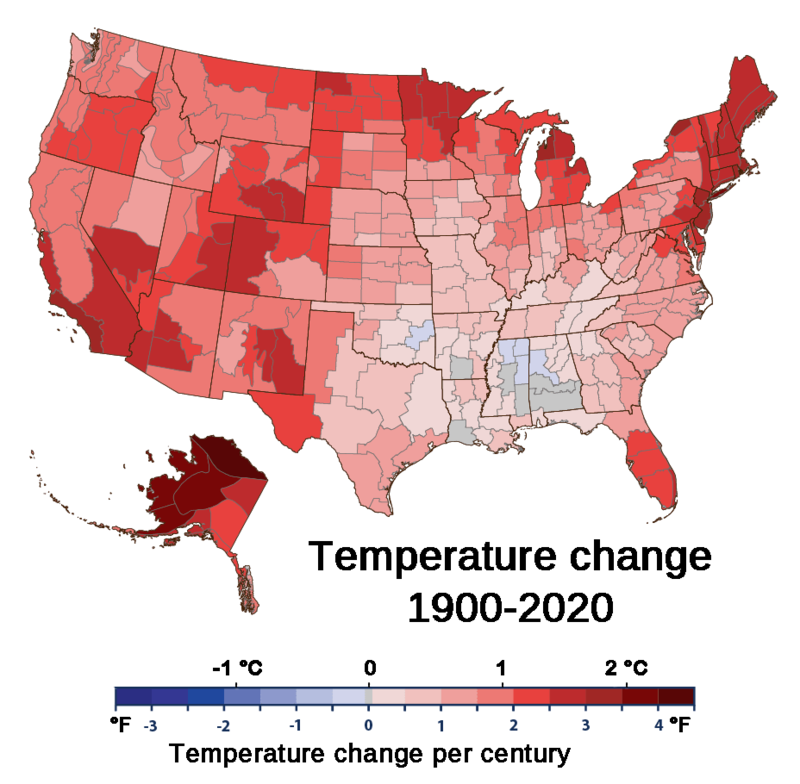
Without urgent climate action, such outbreaks will only become more frequent, putting not only birds but entire ecosystems at risk. Restoring wetlands and tackling the root causes of climate change are essential to prevent future mass fatalities.
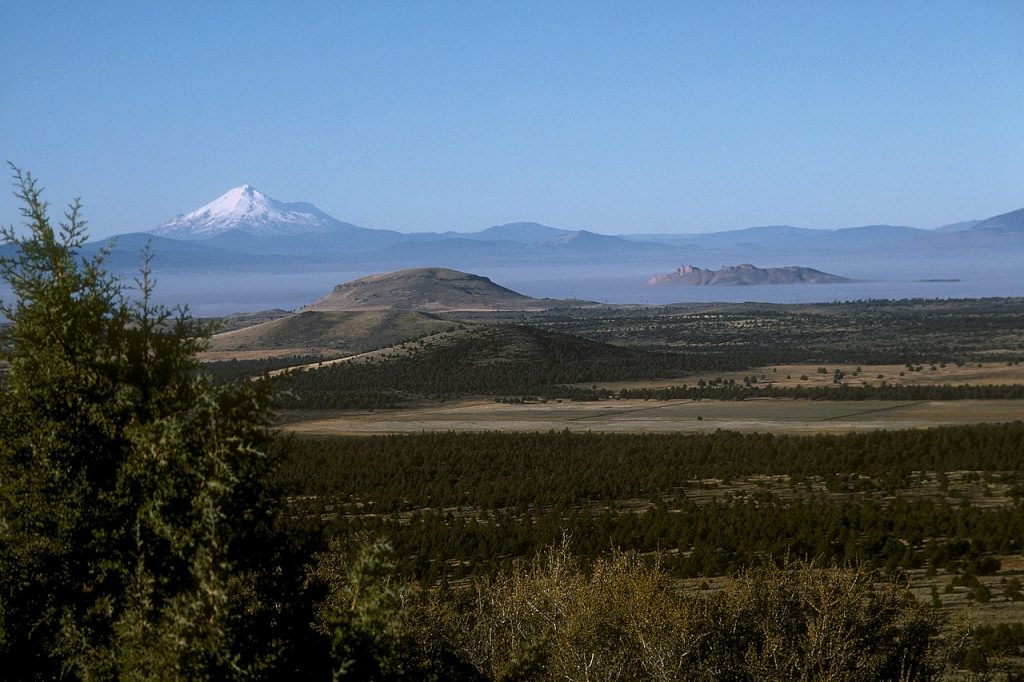
This outbreak at Tule Lake is a stark reminder that our actions—or inactions—on climate change have consequences, and wildlife is often the first to suffer. Volunteers are needed. Since September 3rd, Bird Ally X Botulism Response has been treating over 50 new patients each day. If you would like to help, please visit birdallyx.net.

